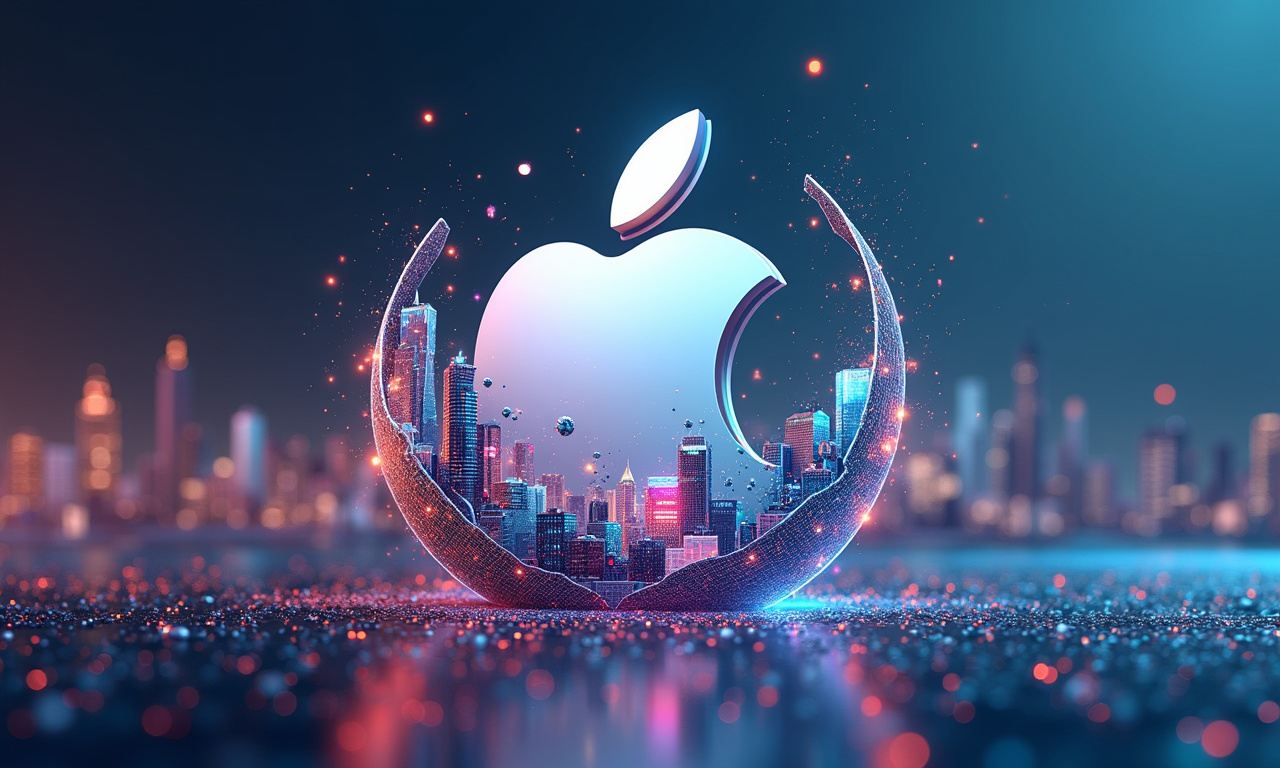Apple is cracking the App Store doors a little wider to NFTs. This step seems like a plant, a move designed to sidetrack rather than advance. We should be celebrating, right? More freedom for crypto developers! But before we get too celebratory, and we should, let’s examine the Greek gift nestled within this shiny, new policy. Remember the promise of Web3? Decentralization, true ownership, freedom from gatekeepers? But Apple’s seemingly positive move could simply be paving the way to a darker kind of control. We hope you’ll join us in viewing this as a victory. But I see some serious traps that could undermine the kind of innovation that this policy purports to support.
Centralization's Grip Tightens Further
The fundamental principle of crypto—their belief that the future should be decentralized—is an inherent, direct counter to the walled gardens of Big Tech. As any software developer will tell you, Apple’s App Store is the final walled garden. Even though they’re letting external links go through for NFT purchases, in practice, they are still entirely in charge of the distribution channel. Think about it: every user still needs to go through their store. They dictate the rules of engagement. Unlike most organizations, they have the clout to pull the plug themselves.
This is not just a matter of convenience, it’s a matter of power. Third, Apple’s unprecedented control over app discovery and distribution provides them with the most leverage imaginable. Imagine a world where Apple supports approved NFT marketplaces and NFT collections. They might increase your prominence or may be able to bury you. This isn’t a dystopian fiction scenario, it’s the natural conclusion to their current business practice. Keep in mind that even with these third party links, Apple retains complete control over the storytelling. They control what apps are seen. They control what apps are trusted. As the gatekeepers to their ecosystems, they have dominion over a huge part of the user experience. Is this really the decentralized, open future we were sold on? I think not. It’s still a gilded cage, and the bars are growing shinier by the day.
Apple's 30% Cut Stifles Innovation
Let's talk about the elephant in the room: Apple's infamous 30% tax. Specifically, yes, they’re going to let you link out, so artists can sell NFTs and avoid the in-app purchase mandate. The moment a developer tries to offer any in-app functionality related to NFTs – minting, trading tools, even just advanced portfolio management – bam! 30% tax.
This isn't just expensive. It's crippling. As a result, this puts developers of all sorts at an unfair advantage. Otherwise, they have the no-win option of providing a bad user experience—which pushes users to circumvent for each and every trip—or losing out on a large share of their revenue. This is a particular burden to smaller developers—the very innovators who are helping to push the frontier of the NFT technology ecosystem.
A small indie developer is trying to build a groundbreaking NFT-based game. Basically, they want to provide in-app minting of new, distinctive game assets. We believe that Apple’s 30% cut places smaller developers at a significant disadvantage. Unlike the larger studios, they don’t have the resources to just swallow these costs or provide special content on competing platforms. This is not just a short-sighted attempt to grab more money. It’s stifling creativity and stopping new, innovative experiences from ever developing. It’s a quiet tax on innovation, plain and simple. It’s the art world equivalent to making artists pay 30% of their paint and brushes upfront before they even start tinkering on the final masterpiece.
Regulatory Scrutiny Intensifies Everything
With Apple’s embrace of NFTs, regulatory flames are already raging and Apple is throwing gasoline on the blaze. Regulators across the world are scrambling to understand and regulate this new space. Apple’s latest decision will surely increase their attention on this quickly changing field.
Why is this such a big deal? Because Apple’s entry into the space is arguably legitimizing NFTs in the eyes of many, accelerating them towards mainstream adoption. This, in turn, will attract even more scrutiny from regulators worried about consumer protection, anti-money laundering, and securities law implications. Consider the SEC’s recent enforcement actions against crypto exchanges. Picture that increased scrutiny focused and turned toward the NFT space, accelerated by Apple’s participation.
This isn't necessarily a bad thing. Clear, dedicated, and consistent regulatory parameters would bring the sort of clarity and stability that the NFT market could use. A visualizer’s view History has taught us time and again that where innovation goes, regulation often lags. Bad regulations—or regulations that are too wide—can do the opposite, stifling the growth they want to protect. We've seen what happened to Facebook, Google, and other big tech companies. They all only had to testify because of their own actions. This means that it will ultimately be Apple—not Zoom or Microsoft—that faces the consequences if they violate the rules.
The anxiety on this side isn’t simply about regulation, but the chilling uncertainty it will bring. No developer is going to want to invest that much capital in a space where the political winds can shift suddenly and completely. Many in the NFT space have been left wondering due to Apple’s recent actions. In turn, developers may be reluctant to explore use of NFTs until regulations are better defined.
So, is Apple’s NFT change good news for crypto developers? On the surface, it might seem so. Scratch the surface, and you’ll find a host of shortcomings that could lead you to disaster. These risks have the potential to undermine the very principles of decentralization and innovation that the crypto space holds dear. Proceed with caution, developers. This Trojan Horse may be bringing you even more than you expected.




